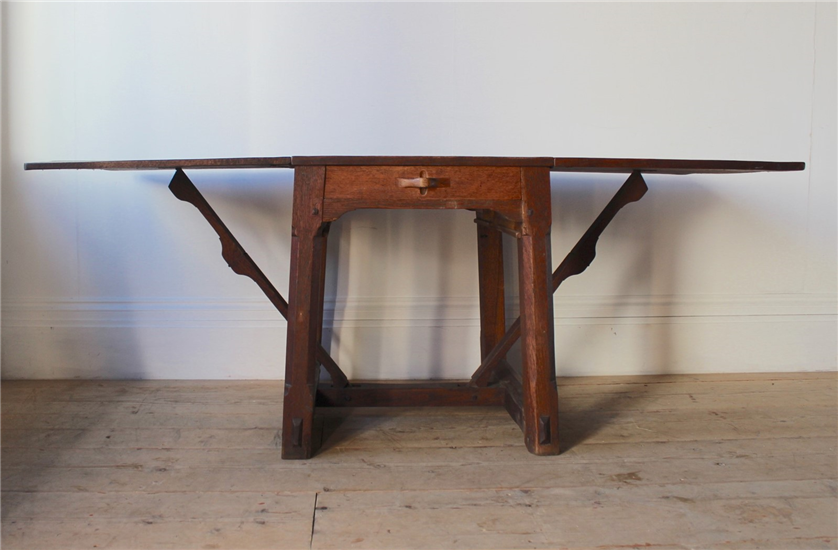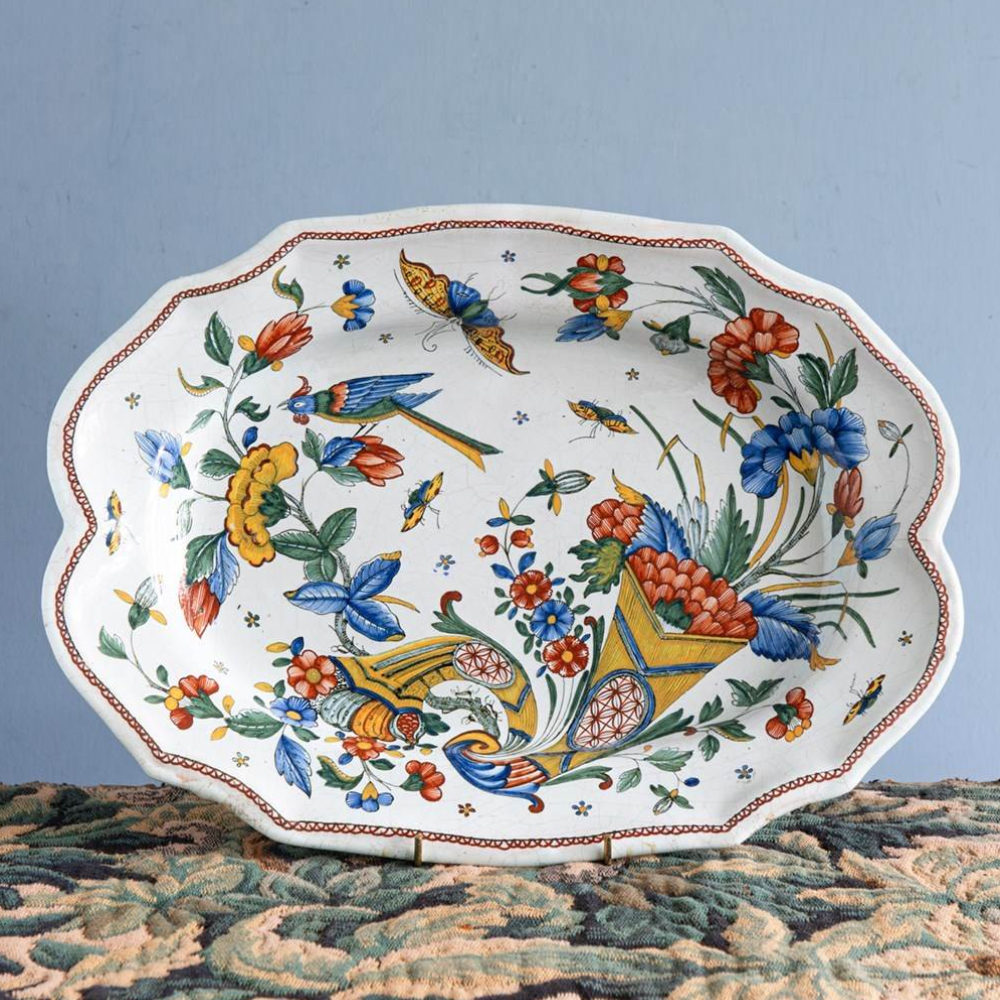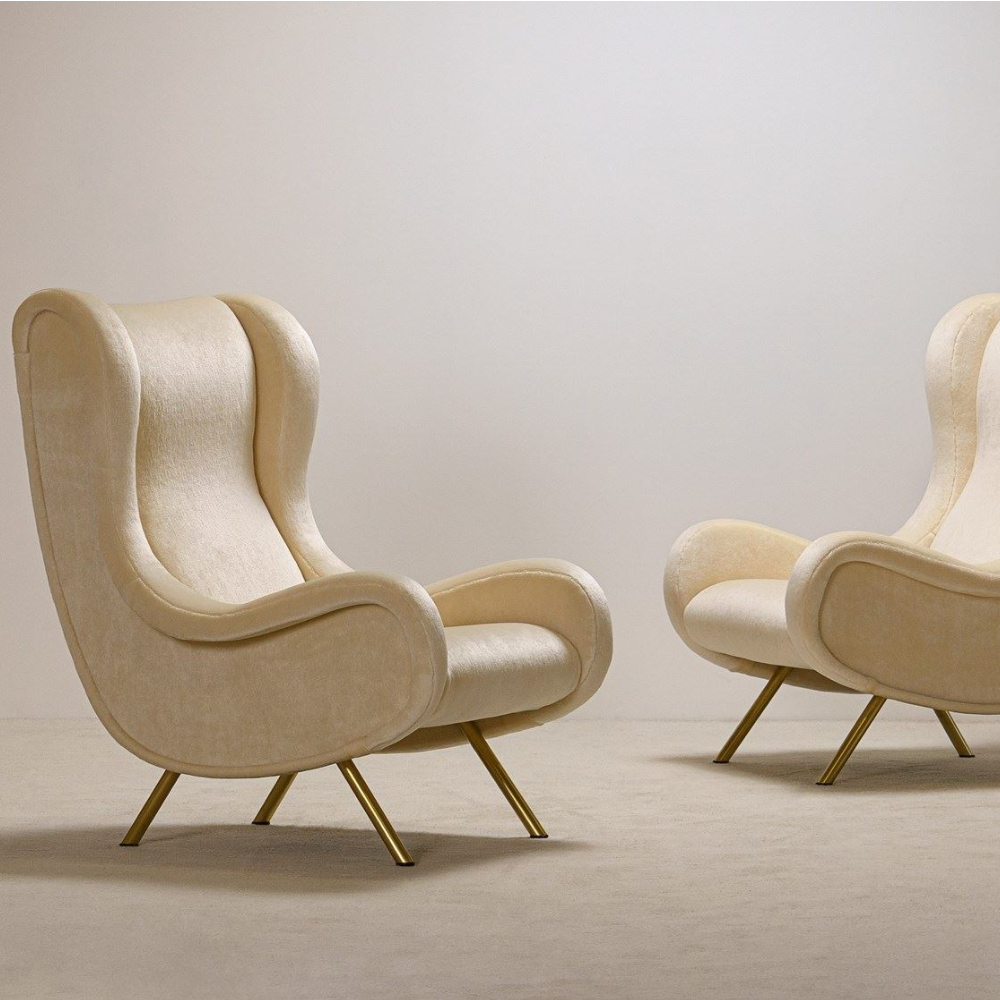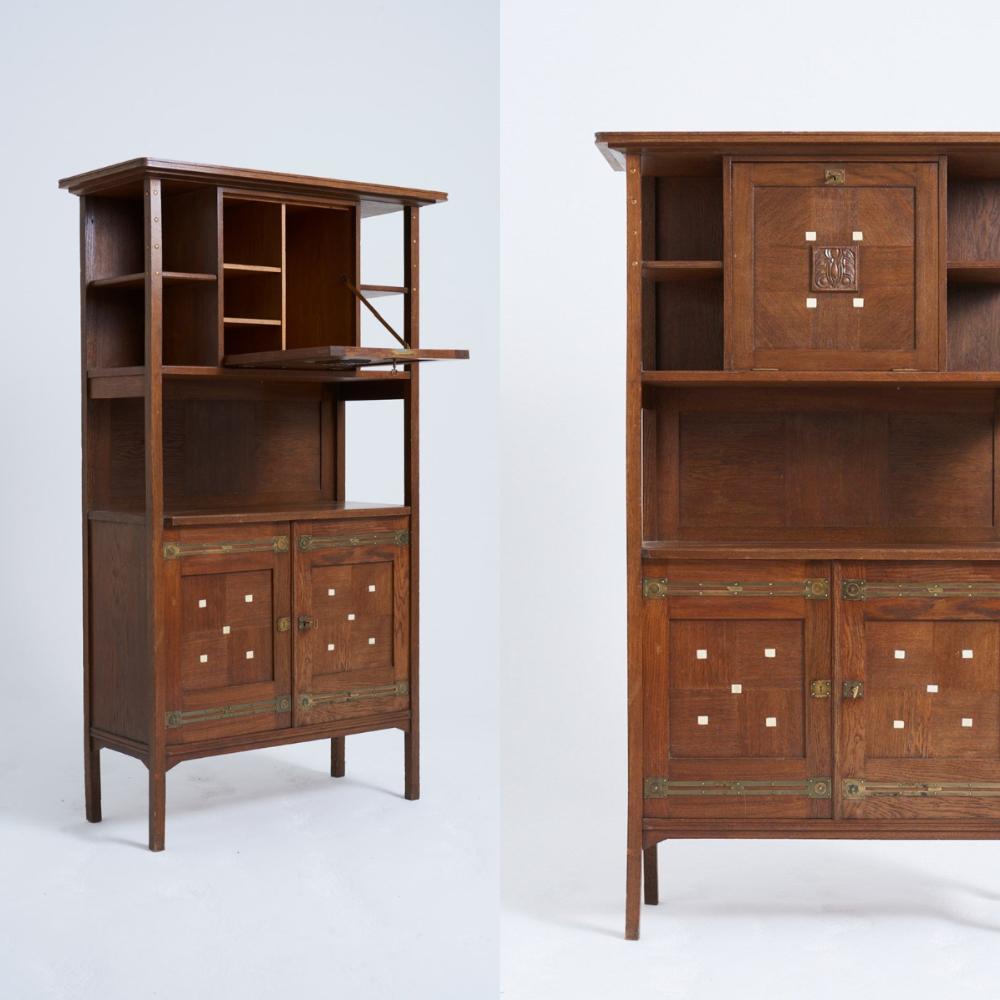
If you’re looking for a short definition of the Arts and Crafts Movement, it can essentially be described as a reaction against the mechanised society typified by the industrial revolution. It was a movement which aimed to bring skilled craftsmanship back rather than everyone relying on the mass-produced designs offered by industrial processes.
As well as this, though, the Arts & Crafts Movement was as much about reacting to the social upheaval of industrialisation, and the unhealthy urban environments citizens were moving into in order to work in factories. So, the Arts & Crafts Movement can be seen as much as a social reaction as a decorative movement.
When Did This Movement Happen?
The Arts & Crafts Movement can be dated to the 1860s, although the name itself wasn’t properly coined until 1887 when the Arts & Crafts Exhibition Society was formed. However, if you’re asking “when was the Arts & Crafts Movement”, it could still be said to be going on. There’s more on this below, but you can see the revolt against mass-produced items vividly in the modern world.
Who Led the Movement?
One of the biggest names of the Arts & Crafts Movement is undoubtedly William Morris, although it owes much to the Pre-Raphaelites founded by the 1840s by a group of English artists and poets including Dante Gabriel Rossetti and John Everett Millais. Morris took their theories and applied them to furniture and interiors following the founding of Morris, Marshall, Faulkner & Co. in 1861. The company was later renamed simply Morris and Co. in 1875 and traded until 1940.
What Were the Key Principles?
Unlike some other movements, it can be difficult to identify a set of unifying principles for the Arts & Crafts Movement. However, it focused on traditional craftsmanship away from the mass-produced products that industrialisation was making the norm. It also focused deeply on simplicity, eschewing ornamentation in favour of practicality.
What was the Style of the Movement?
The Arts & Crafts Movement focused on handcrafted goods that were simple in design yet showcased the skill of the maker. The beauty of the natural materials utilised to make the items was emphasised, and they often included stylised flowers as part of the designs. These were adapted from Biblical allegories and Celtic motifs among other things.
Natural tones, in keeping with the overall principles of the movement, were preferred so earthy tones such as browns, reds and deep greens were popular. Equally, while there was often a concerted emphasis on straight lines and angular forms, you’ll still find curved lines in Arts & Crafts pieces, proving that there is no set theory of what constitutes part of the Arts & Crafts Movement.
What Was the Style Influenced By?
Morris and other proponents of the Arts & Crafts Movement were influenced by architect A.N. Pugin who emphasised the combined importance of material, structure and function as part of his work in Gothic revival architecture. The movement was also heavily influenced by Pugin’s critic John Ruskin and his social criticism, demonstrating the link between the design element of the movement and the political views which helped in its creation. Along with this, the simplicity of Japanese design was held up as a representation of the excellent style.
How Can You Get the Arts & Crafts Look?
Anyone looking to implement the Arts & Crafts Movement in their own home should utilise handcrafted wooden furniture wherever possible, or at least furniture that looks as if it was handmade. Choose unostentatious wooden or brass curtain rails coupled with no-frills curtains set around a colour scheme comprising of colours like cream, olive green, deep crimson and terracotta.
When it comes to wallpaper, William Morris designs and those inspired by him are still widely available, meaning you can bring the epitome of the Arts & Crafts Movement into your home.
Does the Movement Still Have Influence Today?
Undoubtedly, the Arts & Crafts Movement is as important today as it has ever been, with some modern proponents seeing the same reaction against technology that prompted the initial movement, this time against the digital revolution. Whether this is the case, it’s true that you’ll find items influenced by the Arts & Crafts Movement, both contemporary and classic, in many houses alongside the trademark stylised wallpapers and natural colours.
In the battle against mass-produced goods from the likes of IKEA, the Arts & Crafts Movement has yet again taken up the fight.
Arts & Crafts at Decorative Collective
The Decorative Collective hosts a huge range of Arts & Crafts seating and furniture, acting as your one-stop-shop to create your unique Arts & Crafts home. Choose the trusted marketplace that gives antique dealers the opportunity to buy and sell quality Arts & Crafts items.





